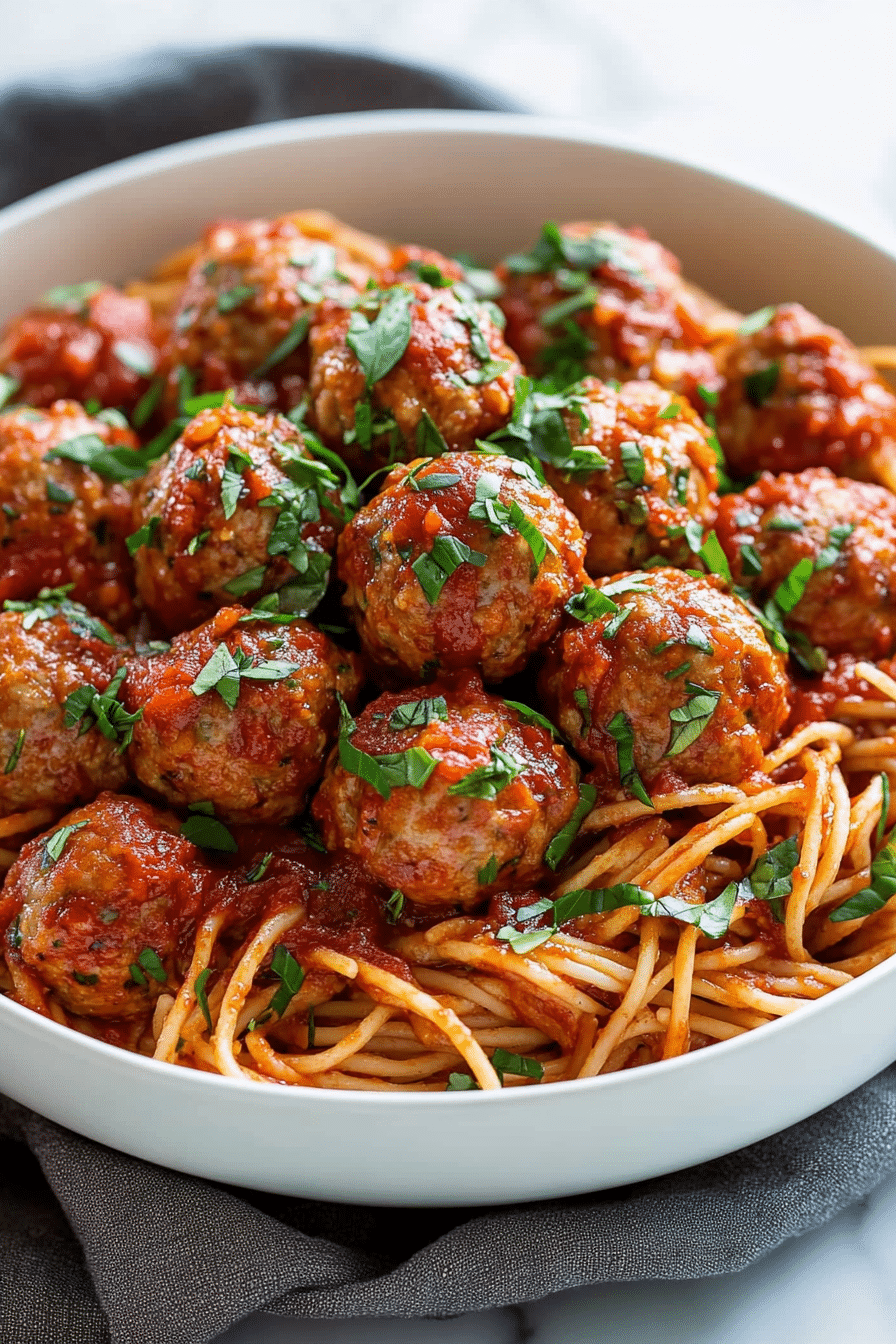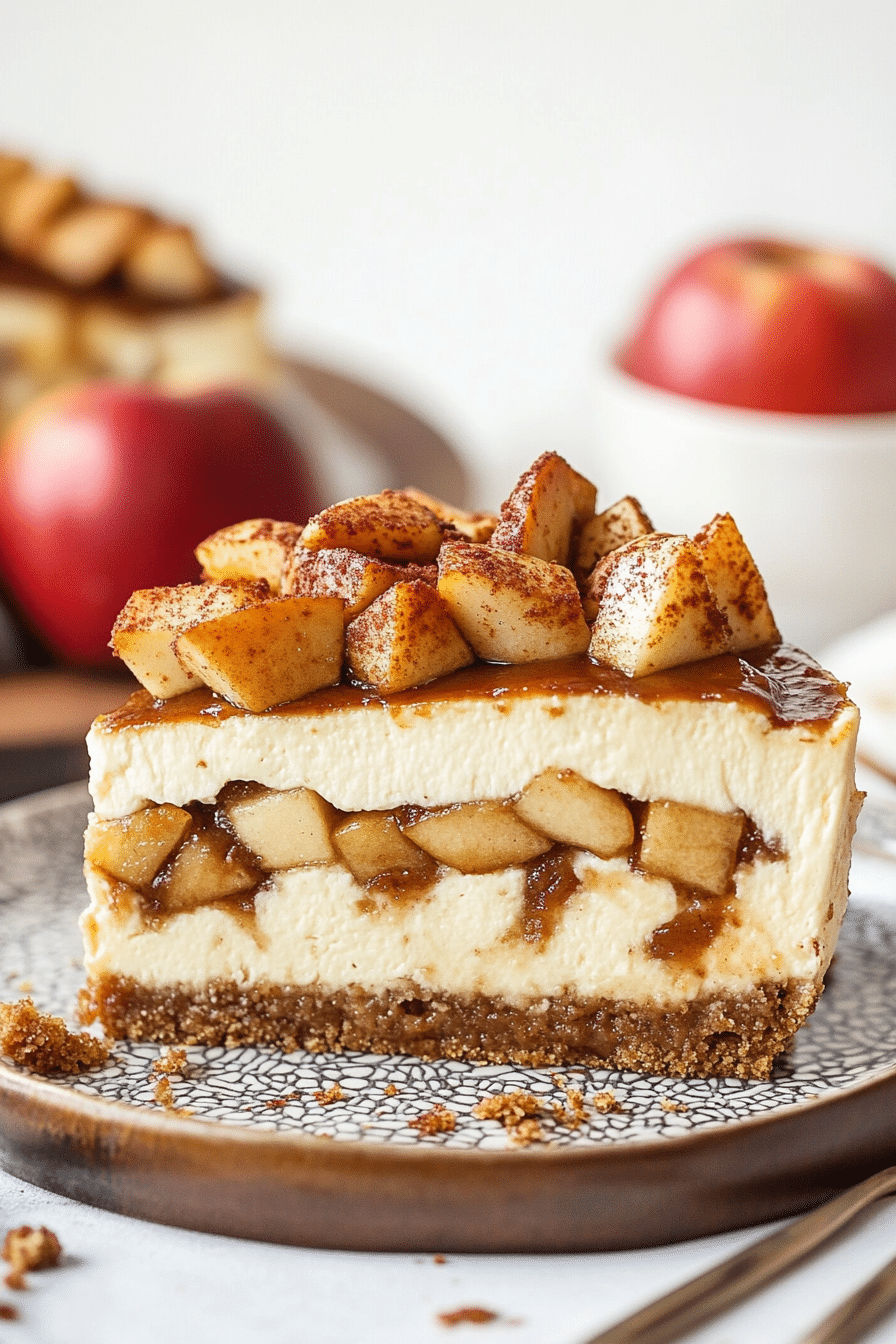Discover the art of creating mouthwatering Tartine Bar Combinations right in your kitchen with this comprehensive guide. By the end of this post, you’ll not only know How to craft delightful tartines but also understand the nuances of choosing ingredients, timing, and health-conscious topping ideas. Whether hosting a gathering or elevating a weekday meal, these combinations promise to please discerning palates with their rich flavors and exquisite presentations.
Ingredients List
The foundation of delightful Tartine Bar Combinations lies in selecting the freshest and finest ingredients. Let’s break down what you need for crafting seven exquisite tartines.
- Easy Homemade Sourdough Bread
- Assorted Cheeses: Brie, Gouda, Feta
- Fresh Vegetables: Avocado, Spinach, Arugula
- Proteins: Smoked Salmon, Grilled Chicken, Prosciutto
- Fruits: Fig, Pear, Strawberries
- Nuts & Seeds: Walnuts, Pumpkin Seeds
- Condiments: Honey, Dijon Mustard, Olive Oil
- Herbs: Basil, Thyme, Rosemary

These ingredients offer a symphony of flavors and textures, each playing its part in creating the Perfect tartine. For a deeper dive into artisan bread recipes to complement your tartines, explore trusted culinary guides.
Timing
Creating your Tartine Bar Combinations efficiently involves precise timing. From preparation to serving, here’s how to manage your kitchen time wisely:
Preparation: Allocate 15 minutes to gather and prep your ingredients. Ensure all meats and vegetables are washed and chopped beforehand.
Assembly: Set aside another 15 minutes for laying out your tartines. This includes spreading condiments and arranging toppings artistically. Strive for balanced proportions to ensure flavors harmonize rather than overwhelm.
For a gourmet touch, consider exploring Easy Tartine Sandwich Recipes that can elevate your meal.
Finishing Touches: Allow 10 minutes for final embellishments. Add fresh herbs and a drizzle of olive oil for an eye-catching presentation.
By adhering to this timeline, you can offer freshly prepared tartines while maintaining ease and elegance in your culinary routine.
Step-by-Step Instructions
Follow these comprehensive steps to master the creation of Tartine Bar Combinations. Each tartine is a canvas of flavors and craftsmanship.
Step 1: Prepare the Bread Base
Choose fresh artisan sourdough bread to form the foundation of your tartines. Slice evenly into half-inch thick pieces. Lightly toast each slice until the edges are golden for a satisfying crunch.
Step 2: Spread and Season
Evenly spread a thin layer of condiments like Dijon mustard or honey, enhancing the base flavors. Season with salt and pepper to complement the bread and topping flavors.
Step 3: Add the Protein
Place your chosen protein, whether smoked salmon or prosciutto, ensuring coverage without overwhelming the bread. For vegetarian options, stack layers of avocado and sliced cheeses.
Step 4: Toppings Layer
Decorate with a selection of fruits and nuts, adding both visual appeal and a burst of flavor. Opt for thin slices of fig for sweetness or nuts for a satisfying crunch.
Step 5: Finish with Fresh Herbs
Garnish each tartine with freshly chopped herbs like basil or rosemary. This final touch not only adds a fragrant aroma but also elevates the taste profile, making each bite delightful.
Nutritional Info
Nutritional awareness is key to enjoying indulgent dishes while maintaining a balanced diet. Here’s a closer look at the health benefits of your Tartine Bar Combinations.
Calories: Each tartine typically ranges between 200-300 calories, depending on toppings and the amount of cheese used.
Macronutrients: A standard tartine offers approximately 10g of protein, 15g of carbohydrates, and 12g of fats. The inclusion of healthy fats from seeds and nuts boosts heart health. To learn more about the Health Benefits of Herbs and Spices used in your tartines, delve into detailed nutritional information.
Vitamins & Minerals: Incorporating leafy greens and fruits ensures a dose of vitamins A, C, and E. Proteins and cheeses contribute calcium and iron, vital for bone strength and muscle function.
Healthier Alternatives
For those conscious of their eating habits, modifying your Tartine Bar Combinations with healthier alternatives can drastically improve nutritional intake without sacrificing taste. Explore plating and presentation tips to Make even the healthiest options look delectable.
- Bread Alternatives: Use whole grain or gluten-free bread for fiber boost or specific dietary needs.
- Vegetable-based Spreads: Swap butter with avocado or hummus for healthier fats and a vegan-friendly option.
- Lean Proteins: Opt for grilled chicken or turkey slices over processed meats.
- Low-fat Dairy: Use low-fat cheeses to reduce calorie intake while maintaining taste. Goat cheese can offer a tangy, low-fat alternative to feta.
By adjusting these elements, you still enjoy delicious tartines while adhering to personal health goals. For budget-friendly ideas, check out Healthy Eating on a Budget.
Serving Suggestions
Elevate your dining experience by creatively serving your tartines. Here are some ways to present and enjoy the fruits of your labor.
- Seasonal Colors & Themes: Align your ingredients with the seasons, using vibrant tomatoes in summer or figs during autumn.
- Pairings: Serve with a light salad or chilled soup for a refreshing meal. White wine complements the delicate flavors, enhancing the experience.
- Casual Gatherings: Layout your tartines on a wooden board with a variety of dips and spreads for guests to customize their tastes.

For more inspirational ideas, explore our other Tartine Bar Combinations suitable for every occasion.
Common Mistakes to Avoid
Even the most seasoned cooks can stumble upon pitfalls when crafting tartines. Here are common errors to steer clear of for perfectly crafted Tartine Bar Combinations:
- Overloading Ingredients: While toppings are enticing, too many can lead to soggy bases. Aim for balance and moderation.
- Under-seasoning: Use herbs and spices generously. They can transform a good tartine into an outstanding culinary delight.
- Neglecting Freshness: Always opt for fresh over processed ingredients for authenticity in taste and texture.
- Ignoring Presentation: Visual appeal is crucial. Take time to arrange ingredients for a polished, appetizing look.
Storing Tips
To preserve the quality of your tartines, consider these practical storage solutions:
- <strong

Tartine Bar Combinations
A creative and delicious way to serve snacks or a light meal! Customize your tartine bar with various toppings and breads for a fun and interactive experience.Prep : 10 Total : 25 minutesIngredients
Main Ingredients
- 1 loaf Sourdough Bread Sliced into 1/2-inch thick pieces
- 8 oz Cream Cheese Softened
- 0.5 cup Honey
- 0.25 cup Walnuts Chopped
- 0.25 cup Strawberries Sliced
- 0.25 cup Blueberries
Instructions
Preparation Steps
- Spread softened cream cheese on each slice of sourdough bread.
- Drizzle honey over the cream cheese.
- Top with chopped walnuts, sliced strawberries, and blueberries.
- Serve immediately and enjoy!
Notes
Feel free to customize your tartine bar with any toppings you like. Consider adding other fruits, nuts, seeds, or even chocolate chips!💬Featured Comments
“Impressed! Clear steps and absolutely loved results. Perfect for busy nights.”
· — DaisyOwner ReplyLove hearing this — enjoy!“New favorite here — family favorite. crowd-pleaser was spot on.”
· — SamuelOwner ReplyThanks a ton for sharing your result!“Super easy and turned out amazing! My family asked for seconds. Saving this one.”
· — MateoOwner ReplySo happy it worked out. Appreciate you trying it!“This sweet treat was absolutely loved — the buttery really stands out. Thanks!”
· — OliverOwner ReplyThank you for the kind words — glad this helped!“Made it tonight and wow — quick weeknight win! Will definitely make Tartine Bar Combinations again.”
· — GraceOwner ReplyAppreciate the feedback — this made my day!“Packed with flavor and so simple. Exactly what I wanted from Tartine Bar Combinations.”
· — JosephOwner ReplyThanks for making it! I'm thrilled you liked it.












